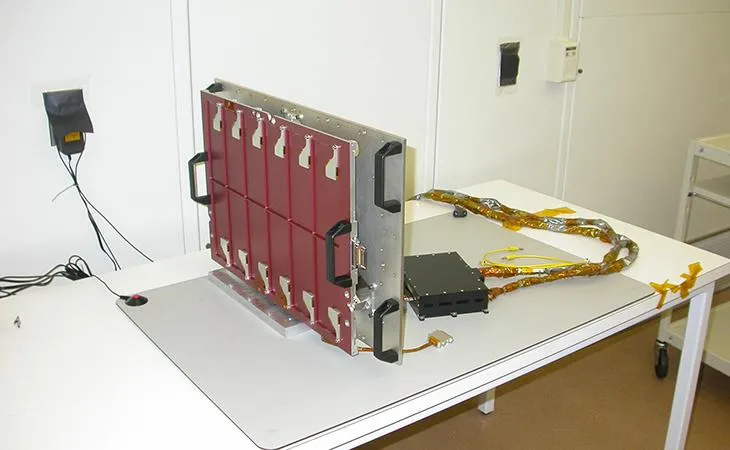How Pluto Got Its Name
New Horizons carries an instrument named for Venetia Burney, the 11-year-old girl who named Pluto
/https://tf-cmsv2-smithsonianmag-media.s3.amazonaws.com/filer/fe/2e/fe2eed77-d12d-46e9-a491-4a6fb218a466/nh-7-13-15-pluto-newhorizons-20150712_edit.jpg)
The New Horizons probe is currently approaching Pluto. The mission's images and data will reveal new landmarks on the tiny, icy body along with important information about its moons. There's even a public and scientific debates over what to name those moons going on right now.
But, how did the enigmatic dwarf planet get its own name?
Clyde Tombaugh first captured snapshots of Pluto in February of 1930 at Lowell Observatory in Flagstaff, Arizona. At the time, the planetary body was known only as “Planet X,” but it quickly became a topic of lively discussion among the public and the astronomy community.
On the morning of March 14, 1930, Falconer Madan, a former librarian at the University of Oxford’s library, was reading a newspaper article about the discovery to his 11-year-old granddaughter, Venetia Burney, over breakfast, David Hiskey explained for Mental Floss in 2012. Madan mused that he wondered what the planet might be called, and Venetia chimed in, “Why not call it Pluto?” The name of an underworld god seemed appropriate for a celestial body orbiting the cold, dark reaches of space.
Burney recalled her inspiration in 2006 interview with NASA:
I was fairly familiar with Greek and Roman legends from various children's books that I had read, and of course I did know about the solar system and the names the other planets have. And so I suppose I just thought that this was a name that hadn't been used. And there it was. The rest was entirely my grandfather's work.
Madan mentioned the suggestion in a letter to his friend Herbert Hall Turner, an Oxford astronomer. Turner happened to be attending a meeting of the Royal Astronomical Society, where many speculated about the naming of “Planet X.” Turner thought that Burney’s choice was fitting, so he telegraphed colleagues at Lowell Observatory with the following message:
Naming new planet, please consider PLUTO, suggested by small girl Venetia Burney for dark and gloomy planet.
Other potential names included Kronos, Minerva, Zeus, Atas and Persephone. Upon Burney’s death at the age of 90 in 2009, William Grimes wrote for the New York Times, “Unbeknownst to Venetia, a spirited battle ensued, with suggestions flying thick and fast. Minerva looked like the front runner, until it was pointed out that the name already belonged to an asteroid.” In May 1930, Burney’s suggestion won a vote among astronomers at Lowell Observatory, and from then on, the far-flung “Planet X” was known as Pluto.
Burney’s story has been well documented in the popular press, so it’s probably not too surprising that New Horizon carries an instrument named in Burney’s honor—a camera designed by students at the University of Colorado, as Chris Crockett reports for Science News for Students. As the probe flies through space, the camera measures dust particles to help scientists learn about the mysterious environment beyond Neptune.

/https://tf-cmsv2-smithsonianmag-media.s3.amazonaws.com/accounts/headshot/Screen_Shot_2014-01-27_at_12.05.16_PM.png)
/https://tf-cmsv2-smithsonianmag-media.s3.amazonaws.com/accounts/headshot/Screen_Shot_2014-01-27_at_12.05.16_PM.png)